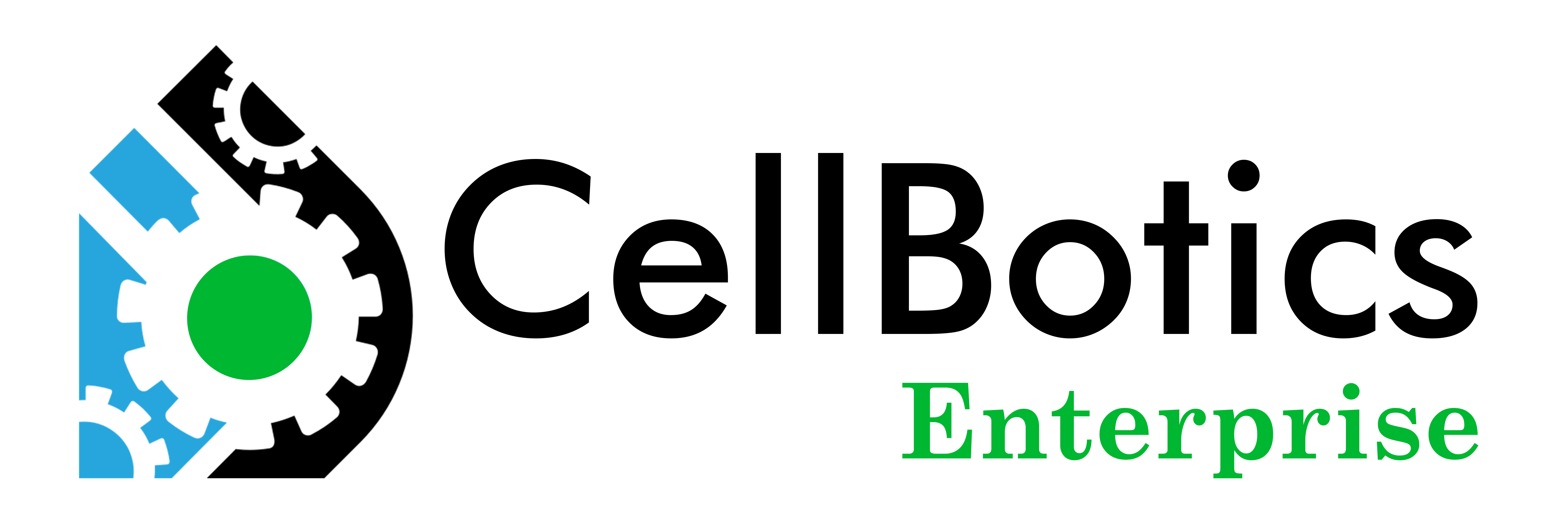Strategies to connect in-person workshop content to Employees

Strategies to connect in-person workshop content to Employees

Alright, trainers and HR professionals, let’s talk real on what are the strategies to connect in-person workshop content to your employees . We’ve all been there. You’ve spent hours crafting the perfect workshop content, packed with valuable information.
You walk in, ready to unleash your knowledge, but the vibe is off. The Employees or participants are checking their phones, questions are crickets, and the energy feels flatter than last week’s soda.
According to Gallup’s State of the Global Workplace report, the disengaged employees cost the world 9% of its total global GDP, or $8.8 trillion per year.
The truth is, information transfer isn’t enough.

To truly rock your in-person workshops and leave employees feeling empowered, you need to connect with them on a deeper level. This connection is the magic sauce that transforms information into meaningful learning experiences.
So, how do we do it? Buckle up, because we’re diving into the world of engaging in-person workshops!
Step One: Know Your Audience

Think of it like this: you wouldn’t wear a tuxedo to a pool party, right? The same goes for in-person workshop content. Knowing your audience is the foundation of a successful session.
- Who are these people?
- What are their pain points?
- What are their aspirations?
- What’s their existing knowledge level?
By understanding your audience, you can tailor your content to their specific needs. This means ditching the one-size-fits-all approach and instead, creating a workshop that resonates with their unique context and challenges.
Imagine the difference between launching into a complex statistical analysis when your audience barely grasps the basics, versus starting with real-world examples they can immediately relate to. It’s a night and day difference in terms of engagement and understanding.
Step Two: Make it Real

Let’s face it, pure theory can be a snooze-fest. Sure, it’s important to lay the groundwork, but don’t let your workshop turn into a textbook reading session. Instead, bridge the gap between theory and practice by integrating real-world examples, case studies, and even personal anecdotes.
Think about showcasing challenges faced by companies similar to your participants’ organizations.
How did they apply the concepts you’re teaching to overcome those challenges? Share personal stories of how you or others have used these concepts in your career. By connecting theory to real-world situations, you help participants visualize how the information applies to their own professional journeys and the impact it can have.
Step Three: Interactive Experience

Remember those dreaded high school lectures that felt like an eternity? Yeah, ditch that format. Lectures are one-way streets that leave participants disengaged. Instead, embrace the power of interaction.
You may try to use the following!
Group discussions

Break the ice and spark conversation with thought-provoking questions, encouraging participants to share their own experiences and perspectives.
Polls and quizzes

These are excellent tools to gauge understanding, encourage participation, and make learning fun. Plus, they provide valuable data about what’s resonating with your audience.
Simulations and role-playing

This is a fantastic way to help participants apply the concepts in a safe and controlled environment. It allows them to experiment, learn from mistakes, and build confidence.
Remember, the key is to get participants actively involved in the learning process. The more they interact, the more engaged they become, and the better they retain information.
Step Four: The Power of Questions

Don’t just deliver information, facilitate a conversation. Asking thought-provoking questions is a powerful tool to:
- Challenge assumptions: Encourage participants to think critically and consider different perspectives.
- Spark debate: Healthy debate can lead to deeper understanding and uncover new insights.
- Actively listen: This demonstrates that you value their perspective and creates a safe space for them to share their thoughts.
By fostering a collaborative learning environment where everyone feels comfortable contributing and asking questions, you create an engaging and dynamic experience that goes beyond a simple information dump.
CellBotics Enterprise
Doing everything alone in your company really takes too much time and money, BUT don’t worry, we at CellBotics Enterprise can help you.
We can help you in having your in-person workshop and training development for your employees and have all the data in one place like the Learning Management System that is tailored specifically for each role! Through this, it won’t be difficult for you when there is a new hire that needs to undergo training or a newly promoted employee. At the same time, it can be easily accessed through your employees phone!
Want to learn more? Book a discovery call today, https://calendly.com/ceo-nicole-russell/1-on-1-discovery
Thank you for reading my blog,
Nicole Russell



Recent Comments